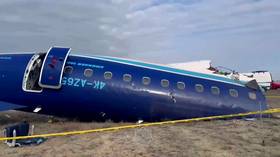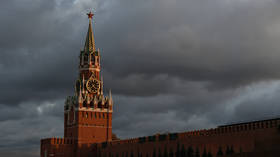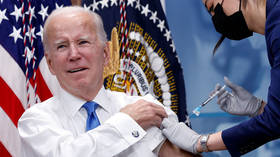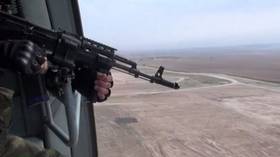Leonid meteor shower lights up night sky with spectacular shooting stars
One of the most famous annual meteor displays, the Leonid shower, is peaking this weekend and even though this year’s show could be a downer, stargazers will still be treated to occasional spectacular fireballs and shooting stars.
The Leonid is expected to be most visible in the early hours of the morning on Monday, between 2am and 4am.
This Sunday, there was no need for telescopes as the shower was perfectly visible to the naked eye – providing clouds stay away, that is.
The Leonid Meteor shower peaks tonight! This time-lapse is from the 2009 Leonids. pic.twitter.com/PYxrZqI1xb
— Jeff Sullivan Photo (@JeffSullPhoto) November 17, 2019
The Leonid meteor shower is named after the constellation Leo (the Lion), and takes place every year when the Earth passes through the debris field left in the wake of the Temple-Tuttle Comet creating shooting stars, streaks of light in the night sky lasting less than a second, as the cosmic debris burns up in our atmosphere.
PASS IT ON: The Leonid meteor shower peaks this Sunday night through the predawn hours of November 18th. Around 15 meteors will be possible per hour! #MeteorShower#Spacepic.twitter.com/6bv949wUNw
— Mark Tarello (@mark_tarello) November 17, 2019
Think your friends would be interested? Share this story!














